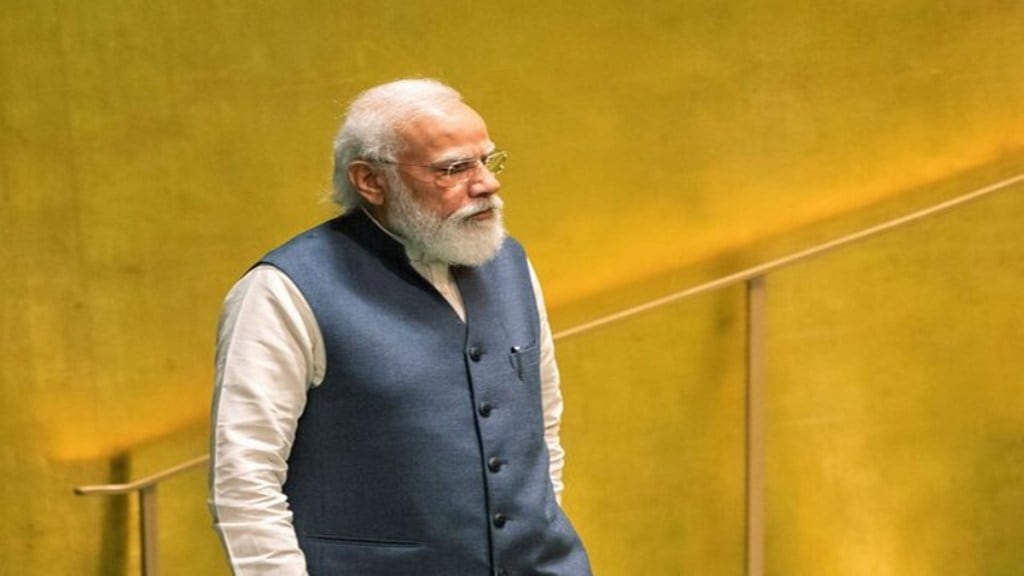Against a backdrop of waning globalisation and multilateralism, Prime Minister Narendra Modi has made a renewed push for Swadeshi, exhorting Indians to buy and sell only locally made goods. The appeal comes in the backdrop of a huge turbulence in the global economy and the US slapping a harsh 25% tariff as well as an added penalty. US President Donald Trump may believe the Indian economy is “dead”, but the huge local demand is a big plus and makes us the fastest-growing market for a range of goods and services. Modi’s public advice is also in line with his 2020 emphasis on self-reliance under the banner of Atmanirbhar Bharat.
Local production
The PM was articulating a noble thought, but the government should remember that efforts to promote local manufacturing are not inconsistent with an insistence on industries facing competition that incentivises them to raise their game. To be sure, restricted access to the US markets will impact local manufacturing, as Moody’s has pointed out. Given manufacturing has stagnated at about 17-18% of the economy for several years, the country now needs a clear strategy to boost its share. There is also a need to weigh the pros and cons of producing locally. Not every product can be manufactured at a competitive price, which is why a whole host of goods, primarily intermediates, are currently being imported. There is much to be said about being self-reliant and it is important to consider the risks of being over-dependent on nations like China.
However, India needs to ensure that it doesn’t end up manufacturing goods that are expensive because these would simply not find enough demand at the scale needed to make the manufacturing company profitable. The advantage of relatively cheap labour is often negated by poor infrastructure, red tape, rigid labour laws, and high interest rates. That makes manufacturers uncompetitive, prompting them to ask for sops and subsidies. Rather than trying to reinvent the wheel, it would be pragmatic to make competitively-priced products that can be sold locally and also exported. To do this, the government needs to review the import duties which currently average a high 17%. The US may want to shut out Indian goods by taxing them but India can surely explore the China Plus One strategy for other markets if it is competitive enough. What it loses out as import duties can be more than compensated by bigger export volumes.
Boosting demand and investment is critical
The bulk of consumer products consumed in India—from staples to apparel—is made locally with a few items being imported. With consumer electronics products now being manufactured here under the production-linked incentive (PLI) scheme, imports of these goods too will likely slow. Aggregate demand for consumer products has been somewhat muted for a variety of reasons including elevated inflation and a slow rise in household incomes, but should pick up on the back of tax cuts and festive season purchases. But India needs to attract more foreign direct investment to boost local manufacturing. Under the PLI investments worth Rs 1.76 lakh crore had come in until March 2025. However, payouts since the launch of the Rs 1.97-lakh crore scheme have been about Rs 21,534 crore. Also small-scale manufacturing units deserve some sops; as the PM said, their interests need to be taken care of. Indeed, there is much merit in the PM’s call to support local businesses, but this should be based on commercial considerations, not sentiment.

